- Home›
- Healthy Living›
- Some Common Eye Problems That People Face And Their Management
Some Common Eye Problems That People Face And Their Management
By: Priyanka Maheshwari Fri, 21 Aug 2020 08:16:36
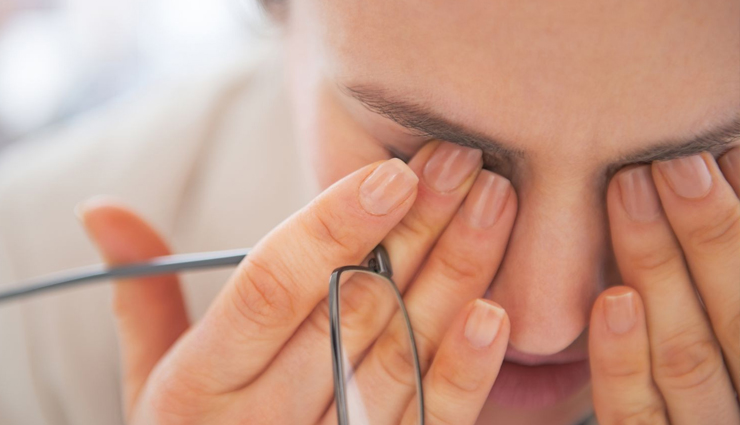
Eyes are quite delicate and amazingly complex organs. To preserve your vision, you need to be careful about the eye. Problems with vision occur due to several eye problems which are more common as we age.
The most common eye problems and their management are detailed below:
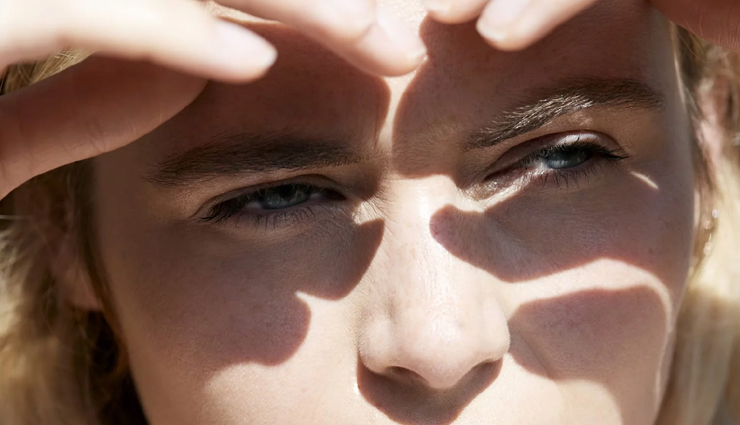
Blurred vision
The blurring of vision occurs as a part of the normal aging process of any individual. Suddenly one day you realize that you are finding it difficult to see something clearly or need to see from a closer distance than earlier, or you are squinting all the time. Usually, blurry vision is a sign of common problems such as nearsightedness or farsightedness. If left untreated, it can cause headache, eye strain, and noticing of glares or halos when you see a bright light.
If you observe this defect, talk to your doctor about wearing glasses or contacts or undergoing a laser surgery to save your vision.
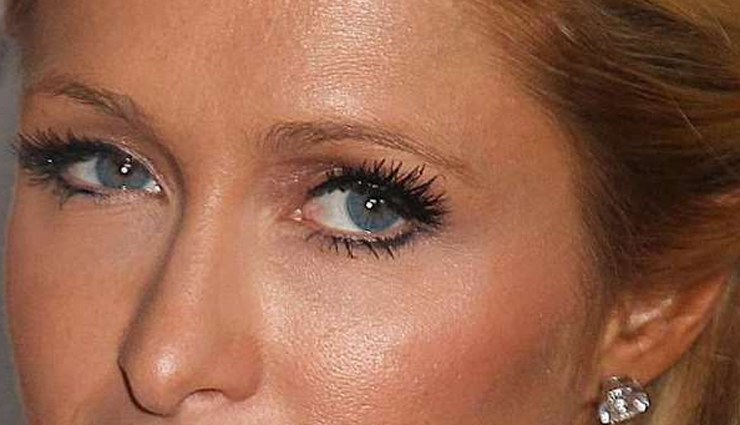
Lazy eye
Lazy eye results due to the improper development of one of the eyes. It usually affects single eye (amblyopia) or rarely both the eyes which lead to a poor vision of the affected eye. This condition can occur in infants, children, and adults.
Immediate treatment is required in the case of children and infants. Treatments include either the use of a patch or corrective glasses or contacts, etc. to make the person use the lazy eye.
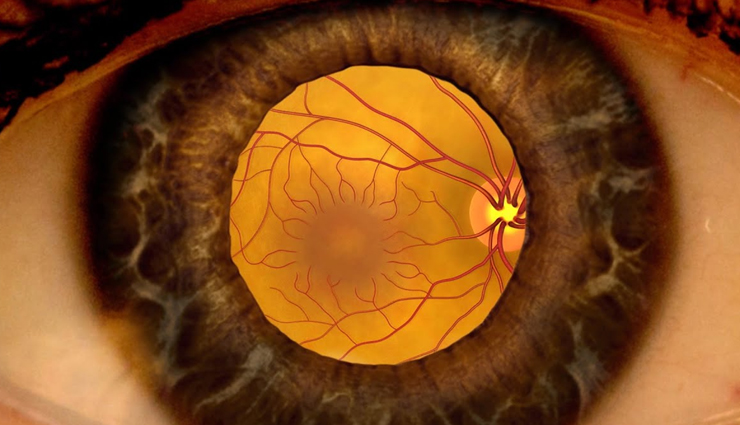
Diabetic retinopathy
This is due to the damage to the blood vessels supplying blood to the retina of the eyes, most commonly experienced by the people with diabetes. The risk of developing diabetic retinopathy increases with the duration of uncontrolled diabetes.
Controlling sugar levels helps to prevent damage to the blood vessels thereby preventing the complication of retinopathy.
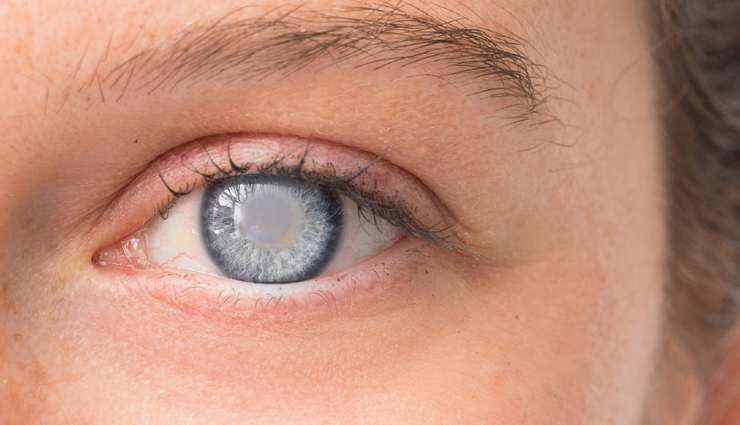
Cataract
This is more common in elder individuals who have crossed their 40s. It results due to the clouding of the lens which causes visual disturbances, especially at night times. Cataract is the major cause of blindness among people worldwide.
Taking foods rich in vitamin E can help to prevent cataract. In the initial stage, treatment involves the use of visual aids. In the later stages, surgery may be necessary to regain vision.
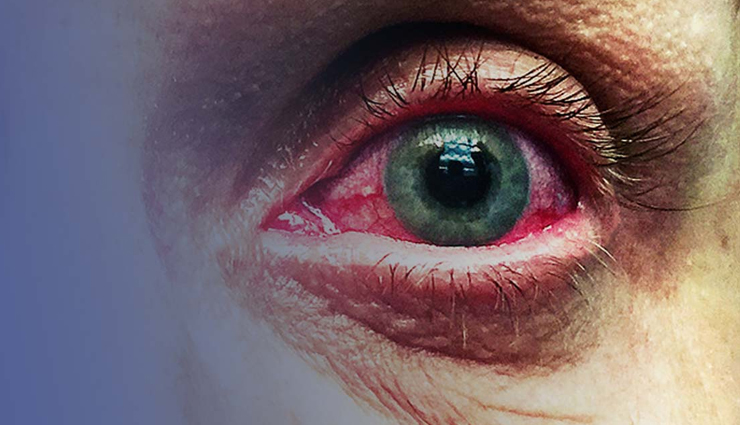
Glaucoma
This condition does not usually produce symptoms and the person may entirely lose their vision. It is a condition in which the pressure of the fluid in the eyes increases. As a result, the optic nerve gets damaged.
Immediate correction can help to prevent vision loss. Treatment involves the use of eye drops that reduces the amount of fluid which is formed or increases the fluid outflow. Several surgical procedures are also available to treat glaucoma if medications are not effective.
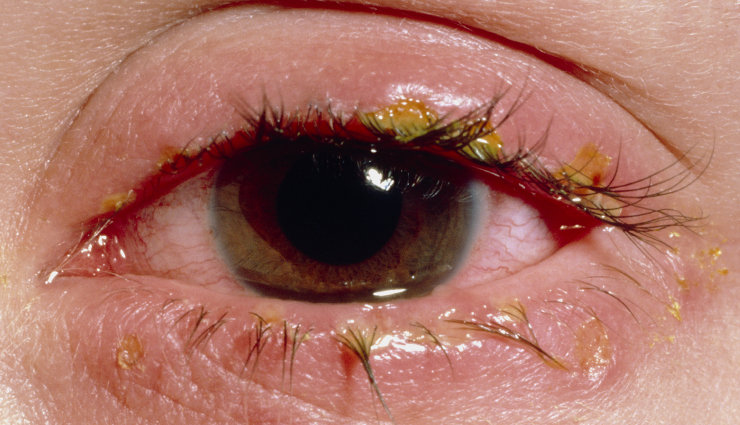
Blepharitis
Blepharitis is the swelling of part of the eyelid. It occurs due to the clogging of the oil glands which is supplied to the base of the eyelashes. It can result in the complications such as conjunctivitis and keratitis.
You can prevent this problem by avoiding eye makeover before bedtime. It is especially important to replace the expired products with new ones.
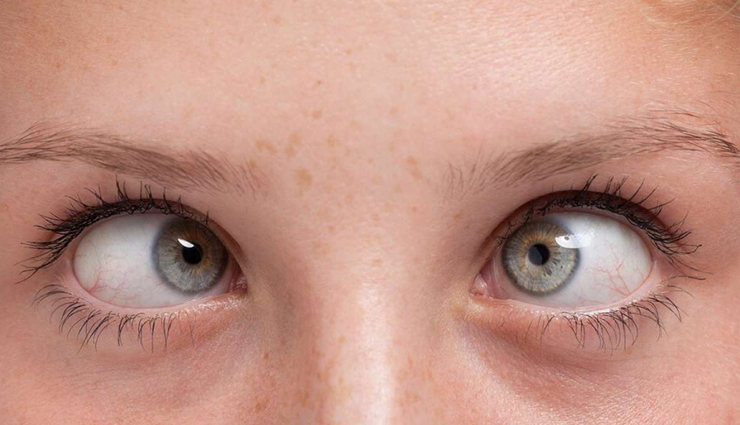
Crossed eyes
Crossing of eyes, also called as strabismus is a defect in the alignment of the eyes during your vision. It is of four types:
Esotropia – In this condition, both of your eyes turn inwards towards your nose.
Exotropia – In this condition, either one or both of your eyes turn outwards, i.e. away from your nose.
Hypertropia – If one or both of your eyes turn upwards, then it is termed as hypertropia.
Hypotropia – If one or both of your eyes turn downwards, then it is termed as hypotropia.
Related Stories:
# Here are Some Benefits of Watching Horror Movies for Our Health
# Health Benefits of Waking Without Using Your Footwear
# 12 Benefits of Swimming For Lungs
# Amazing Health Benefits of Soaking Feet in Warm Water
# Reasons Why You Should Drink Cold Water Empty Stomach Every Morning





